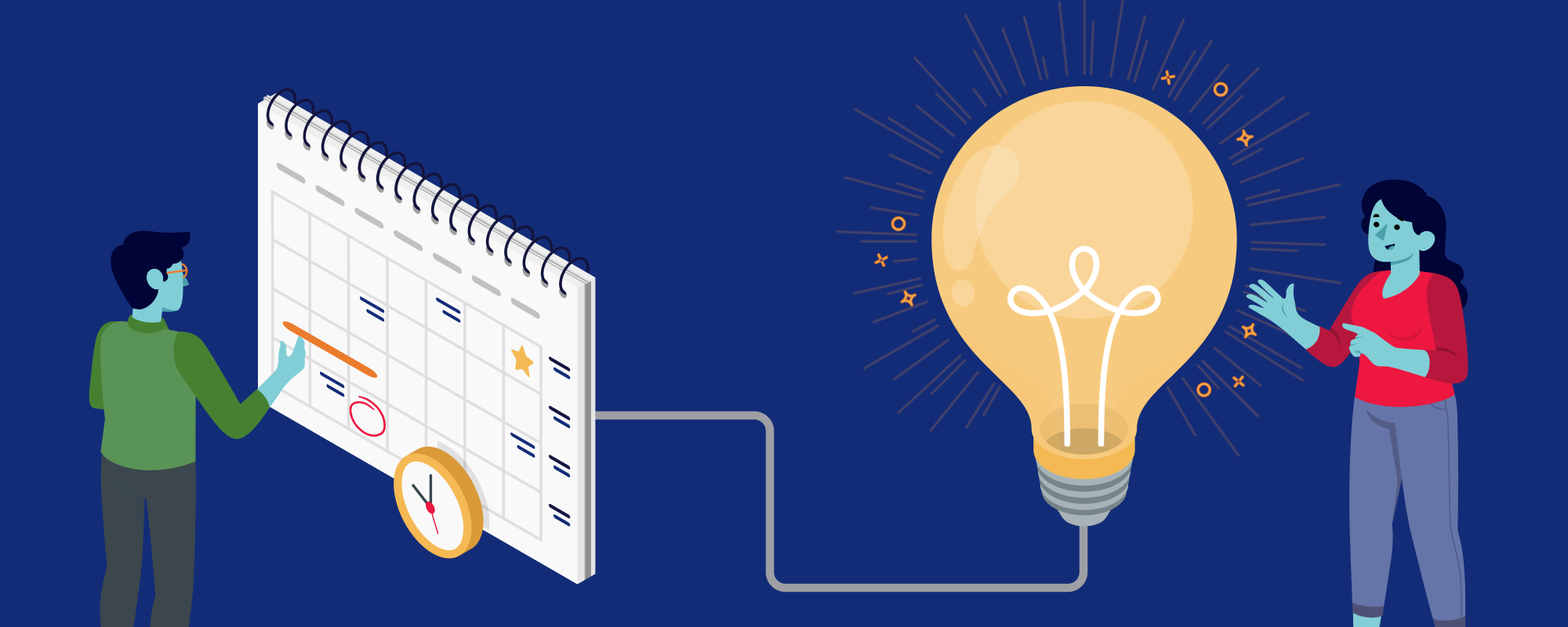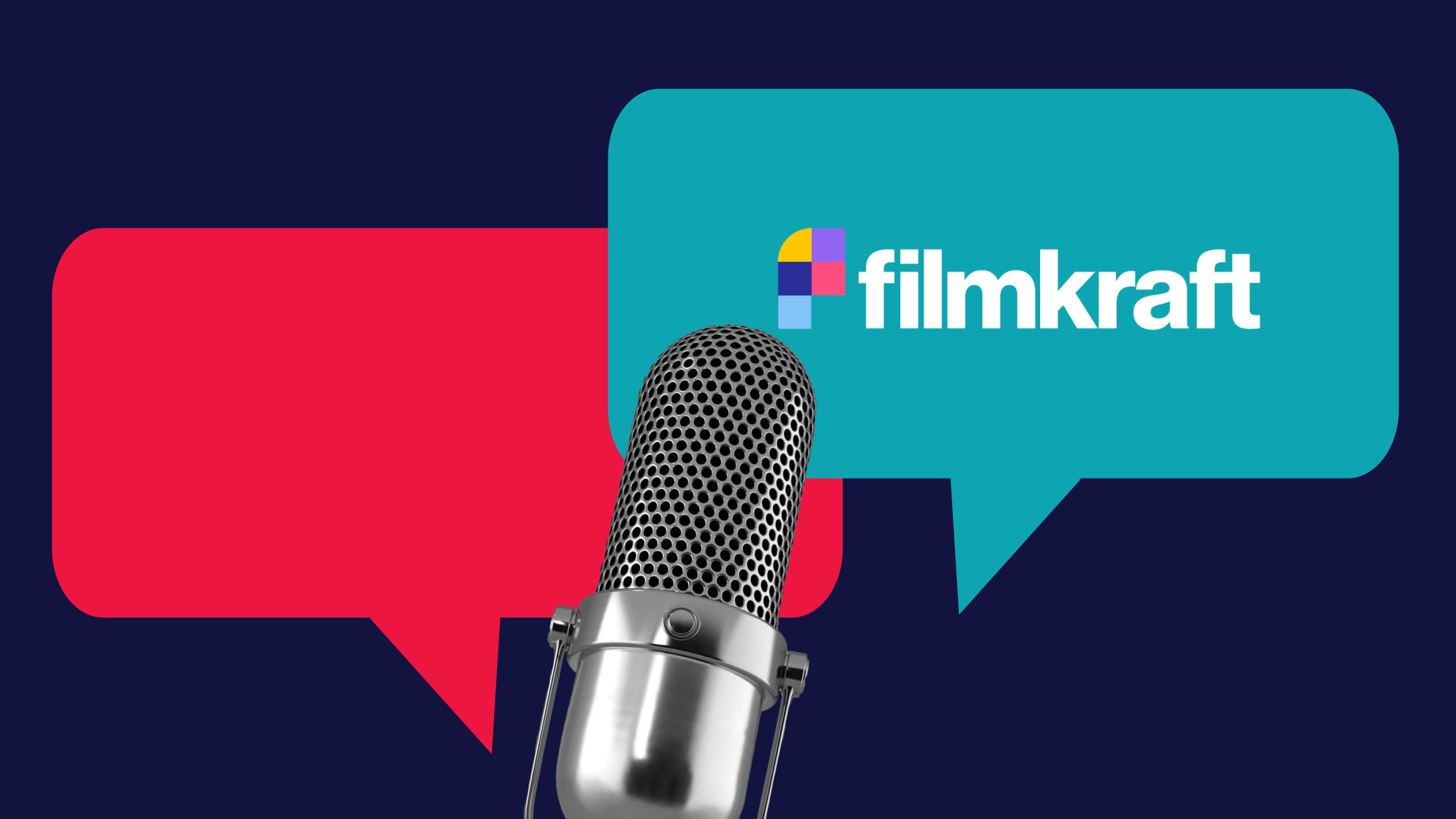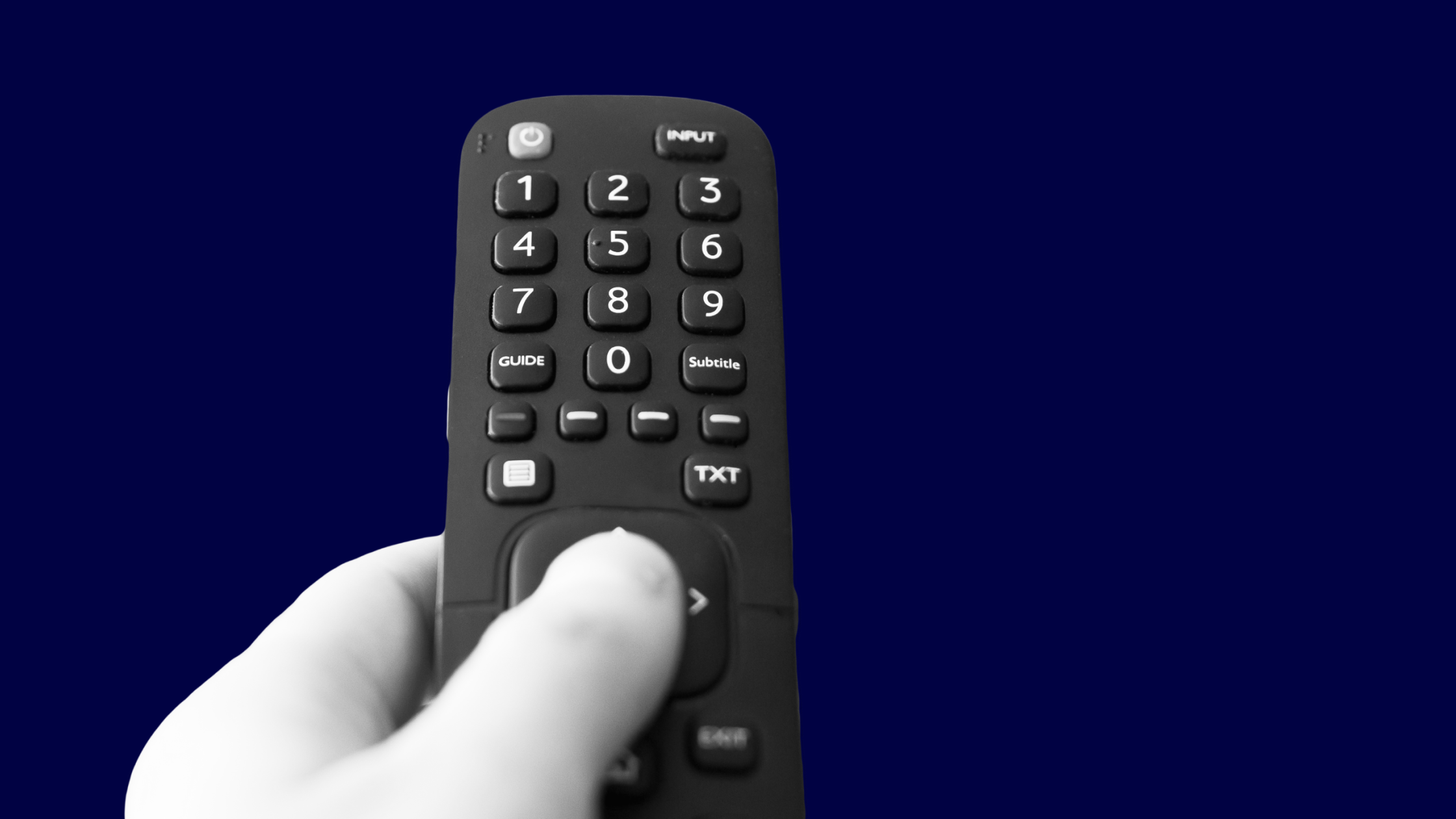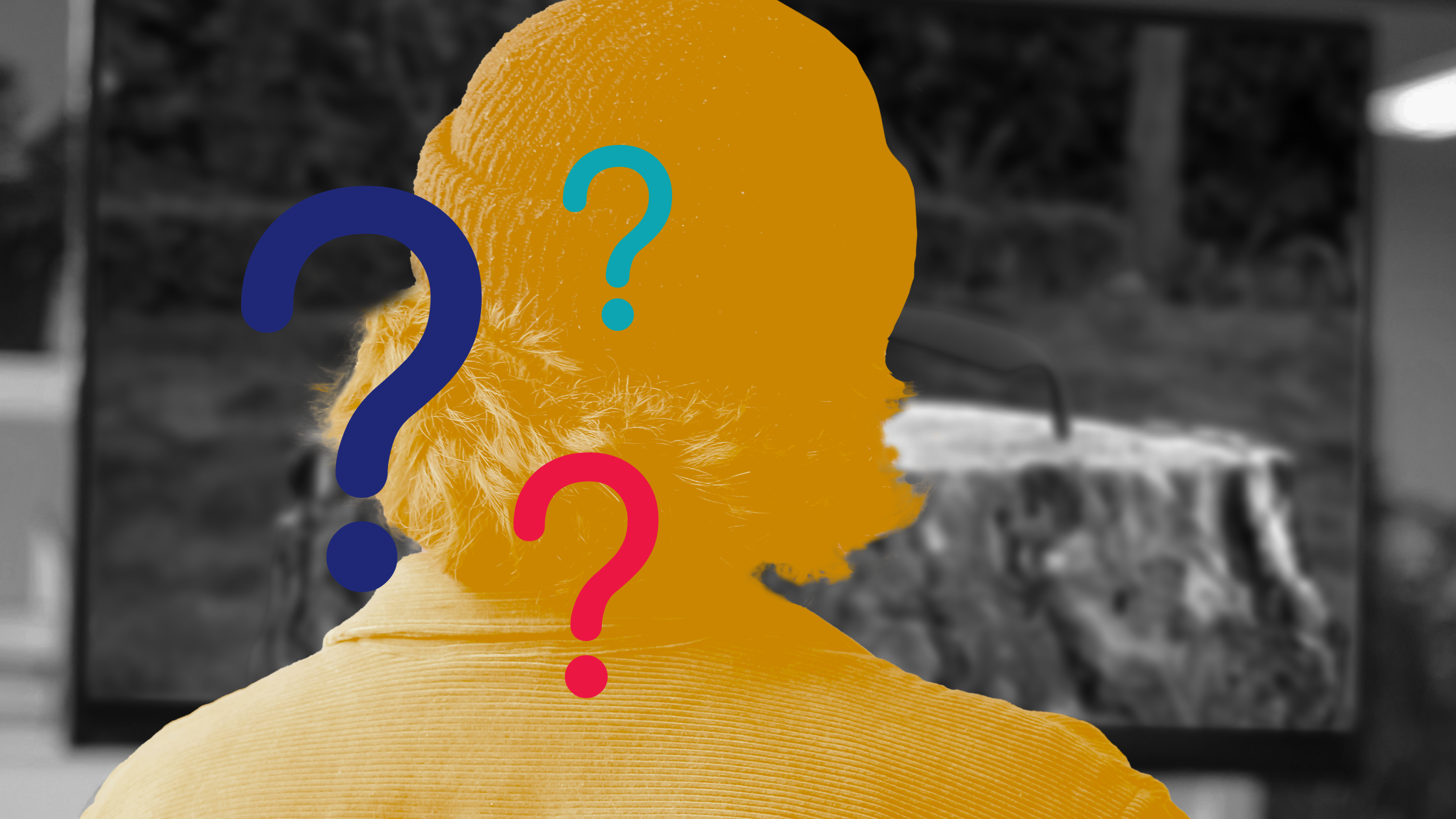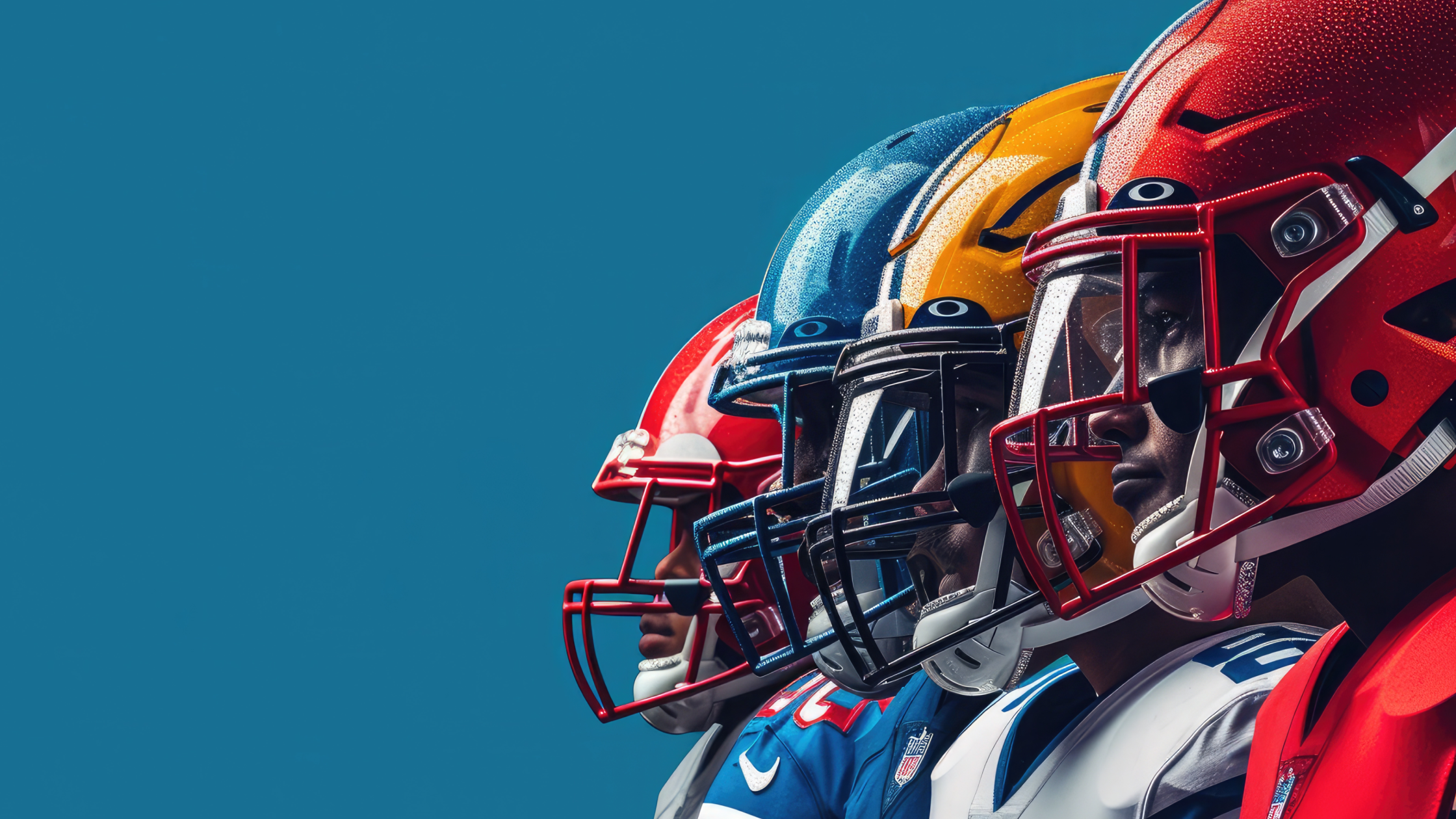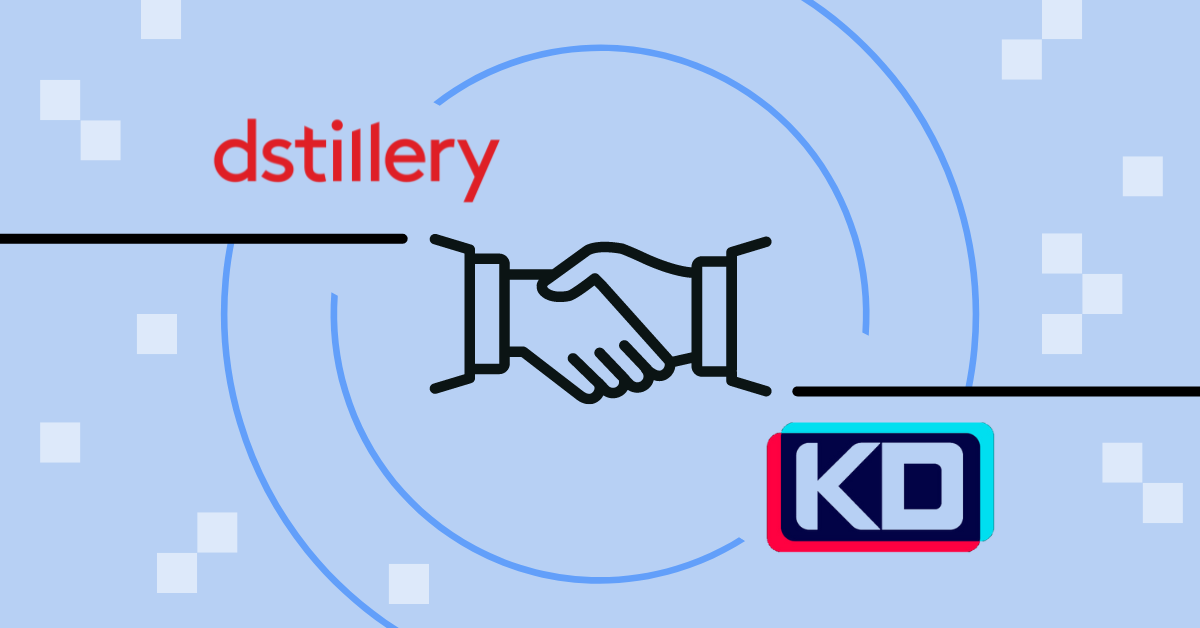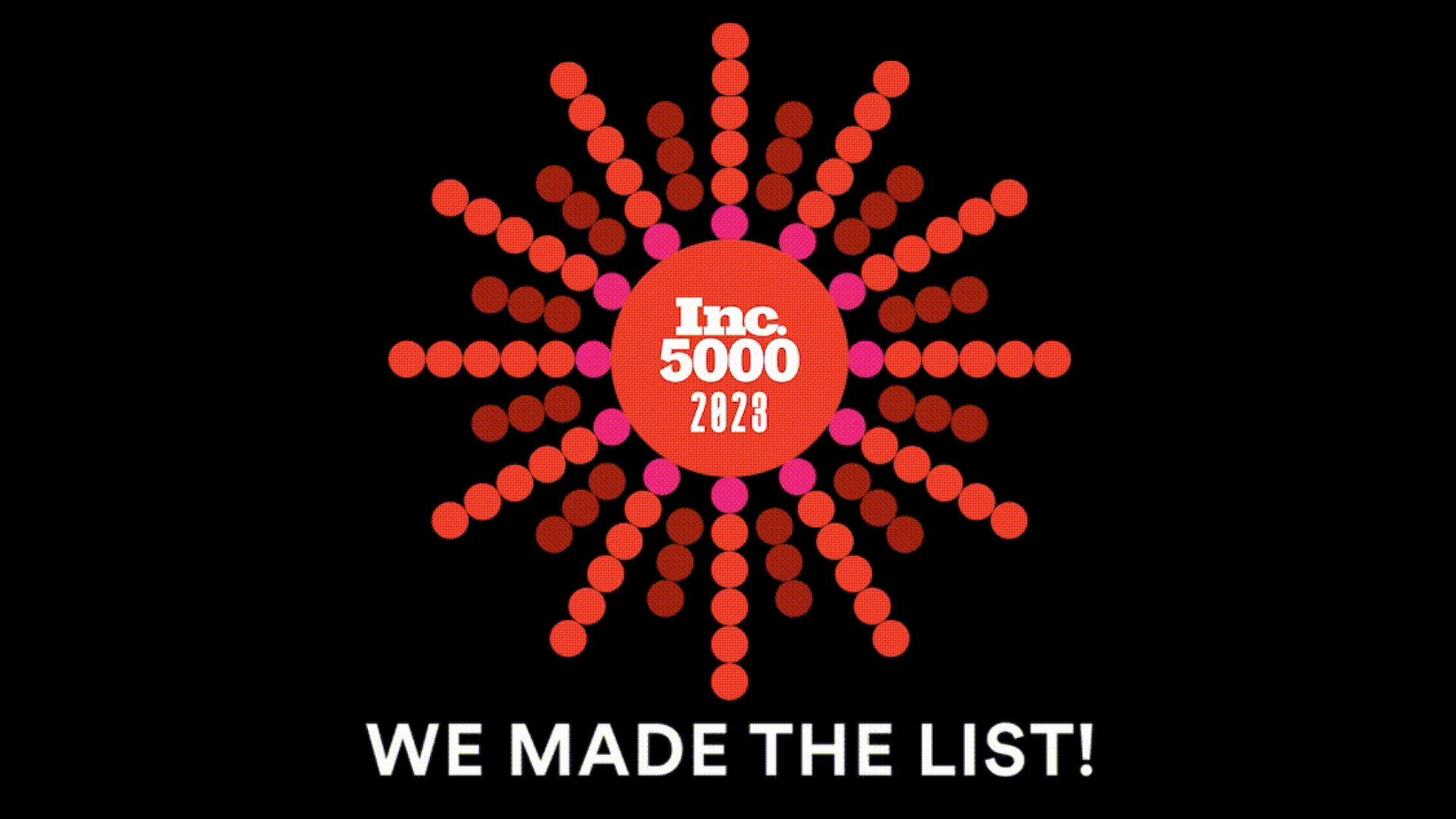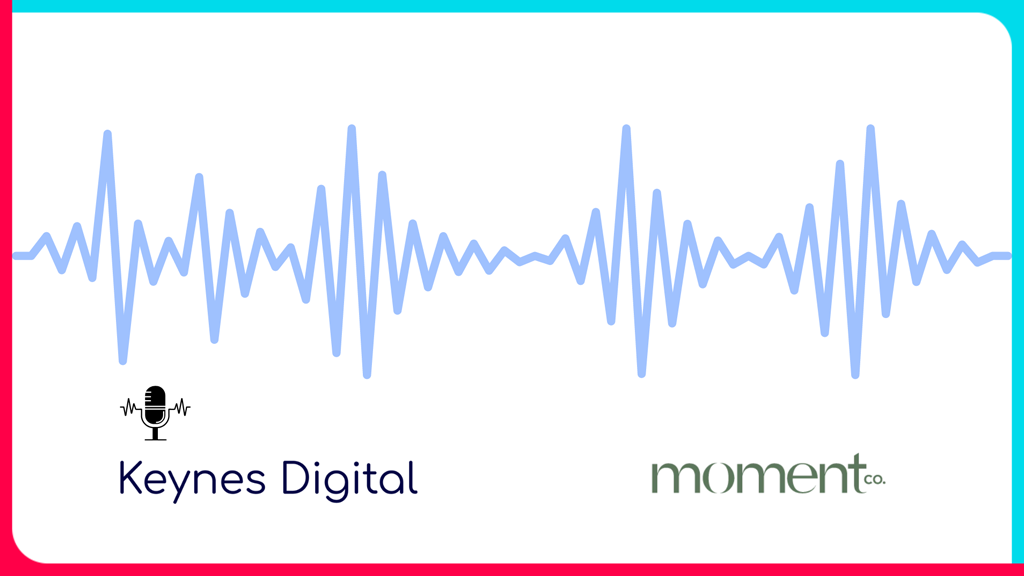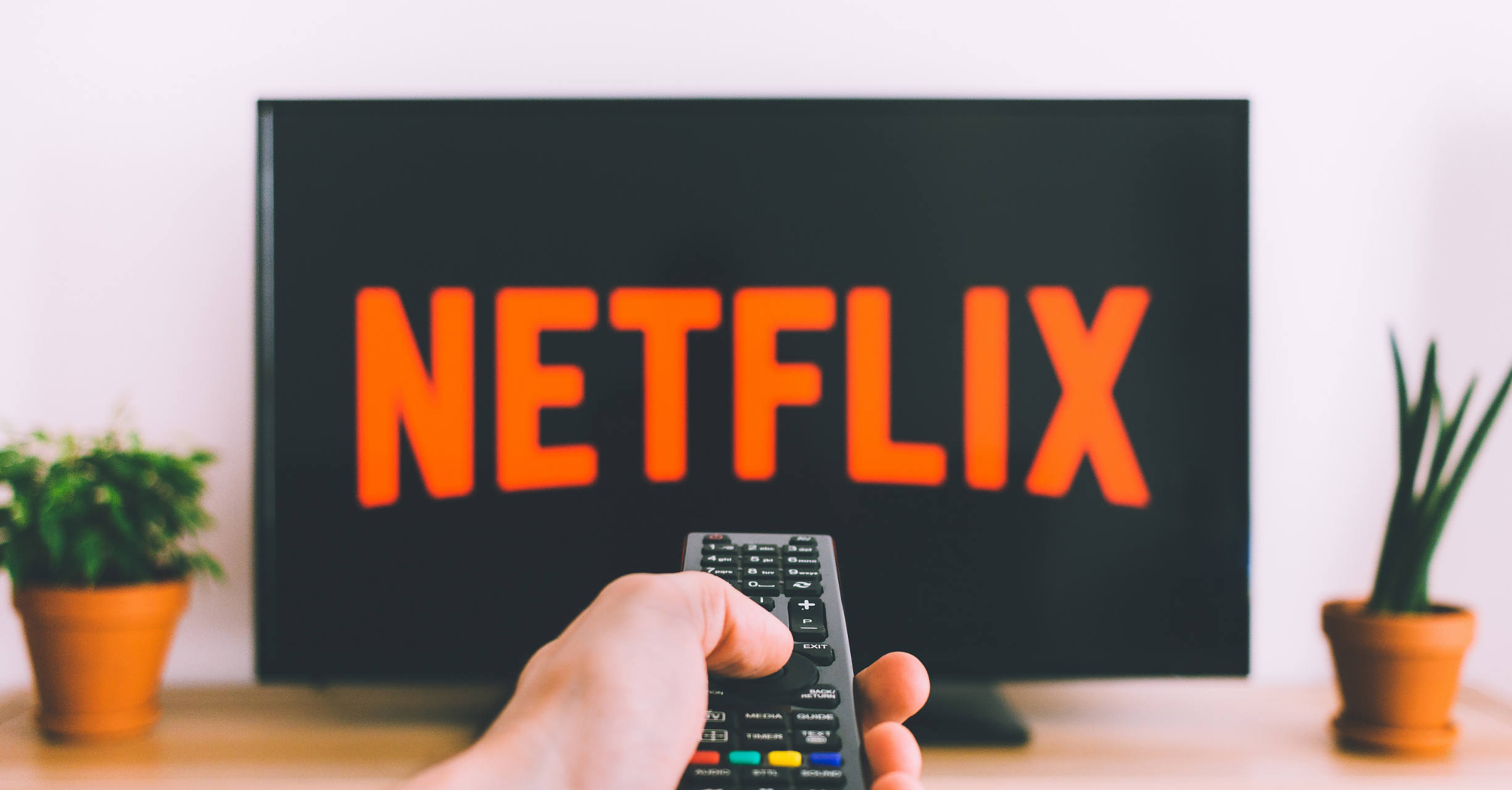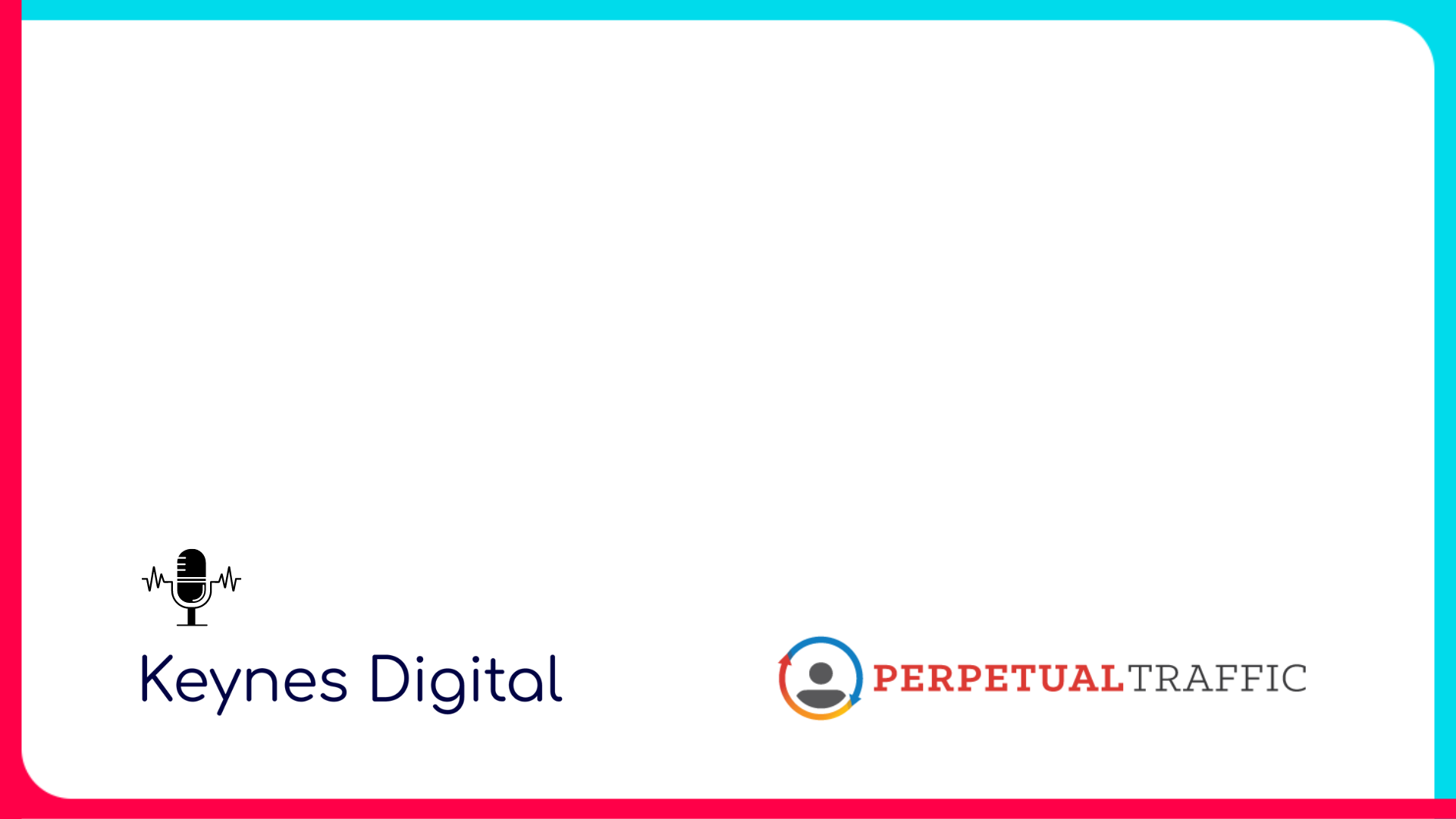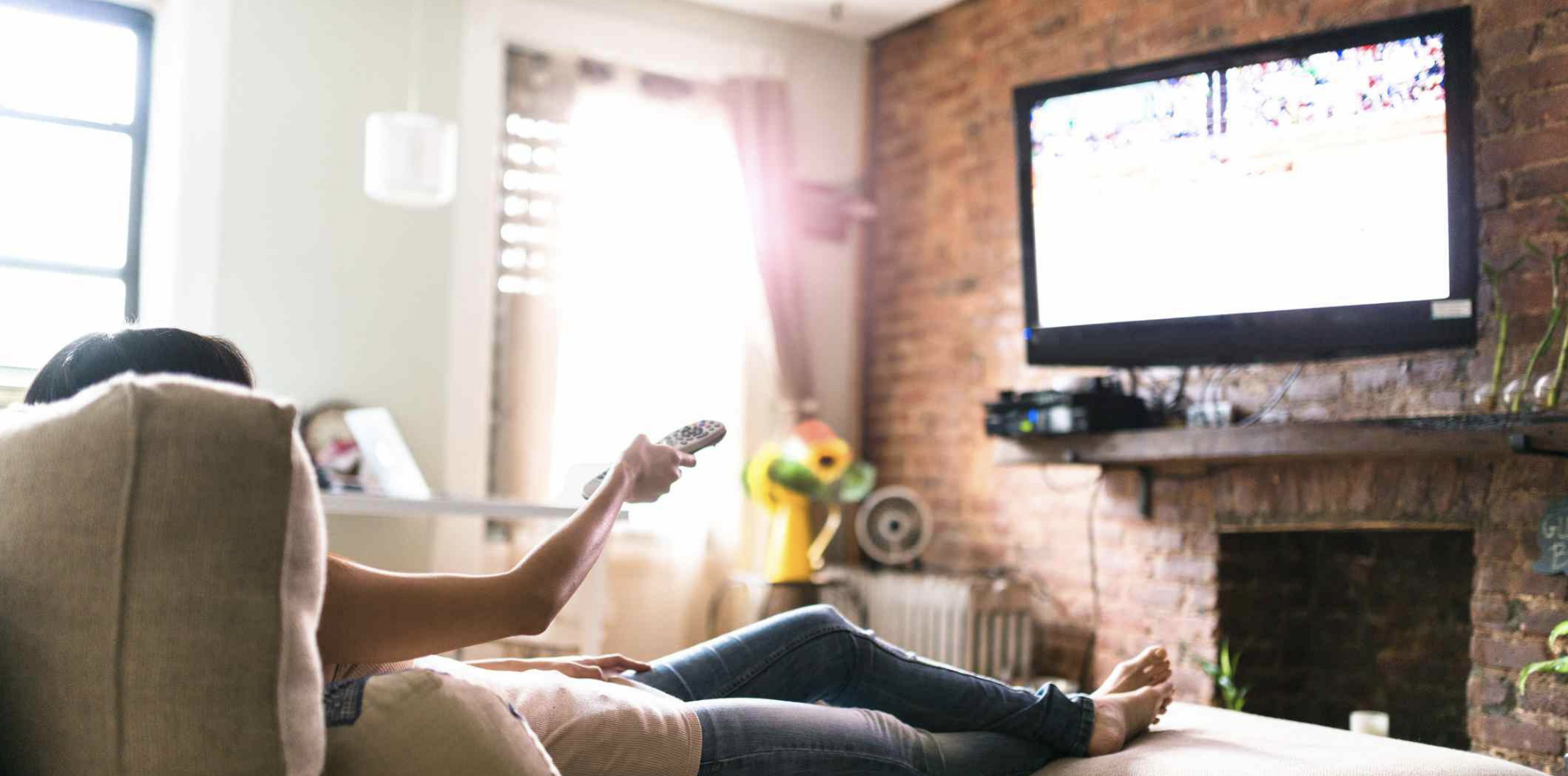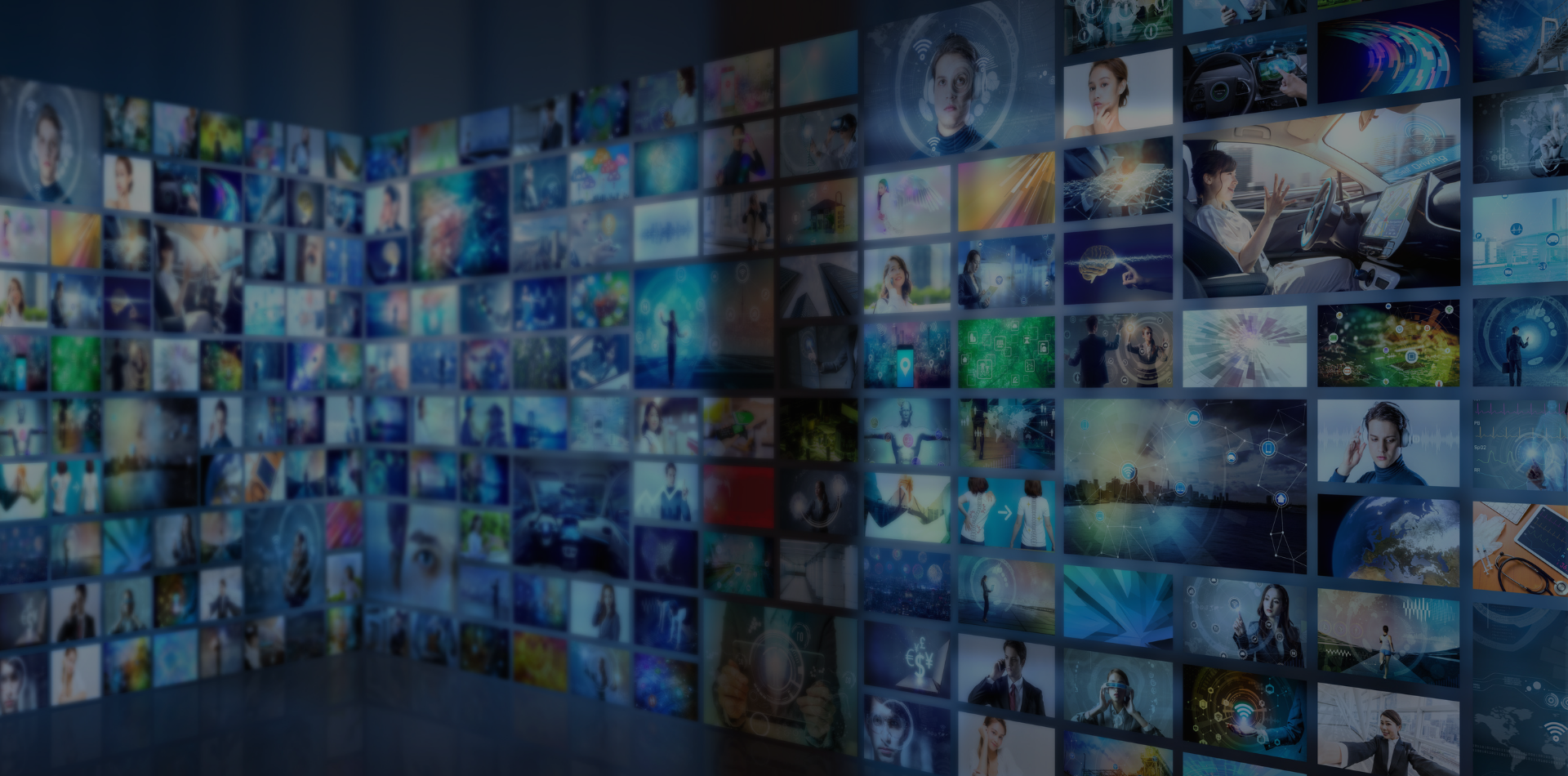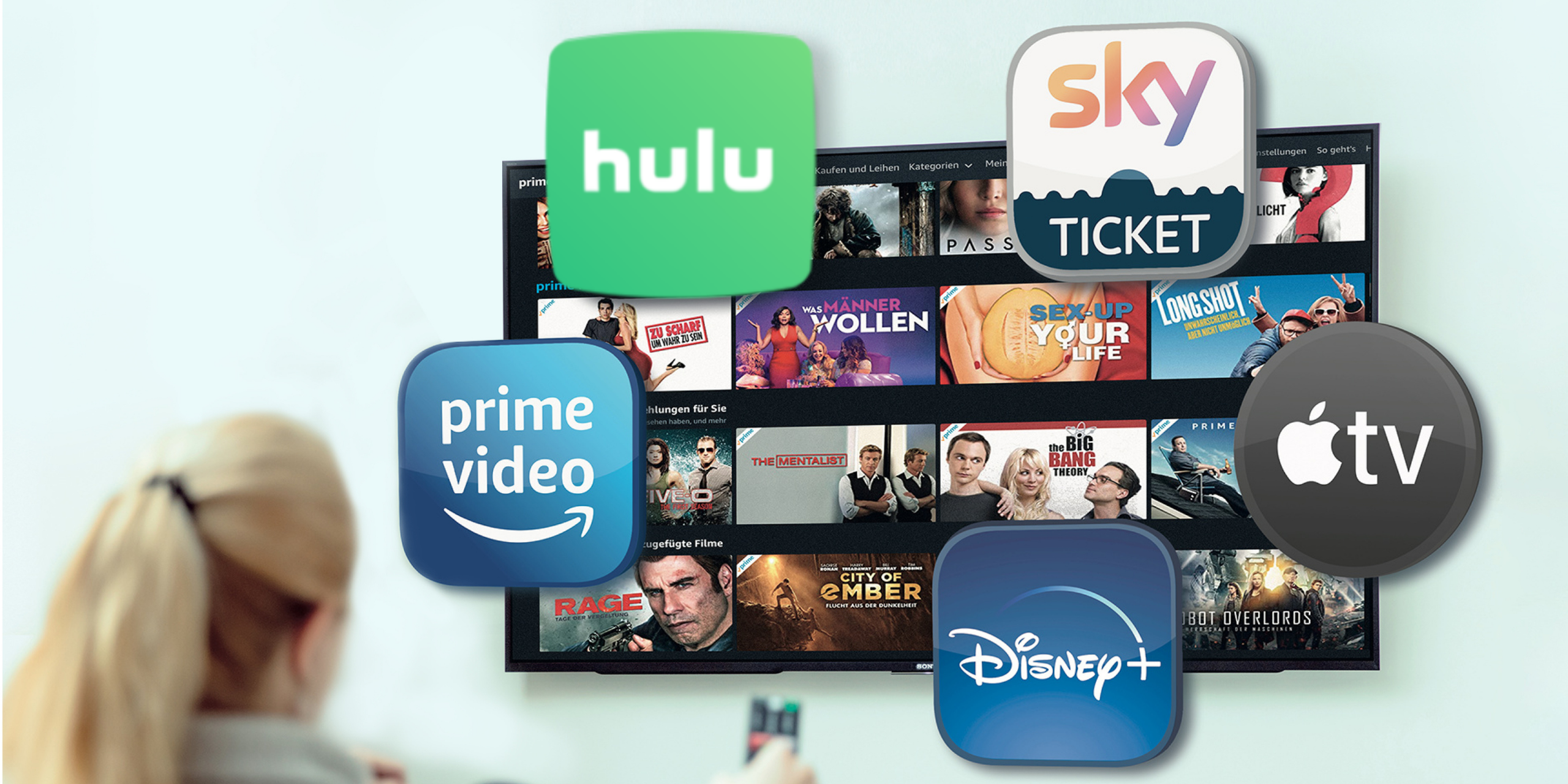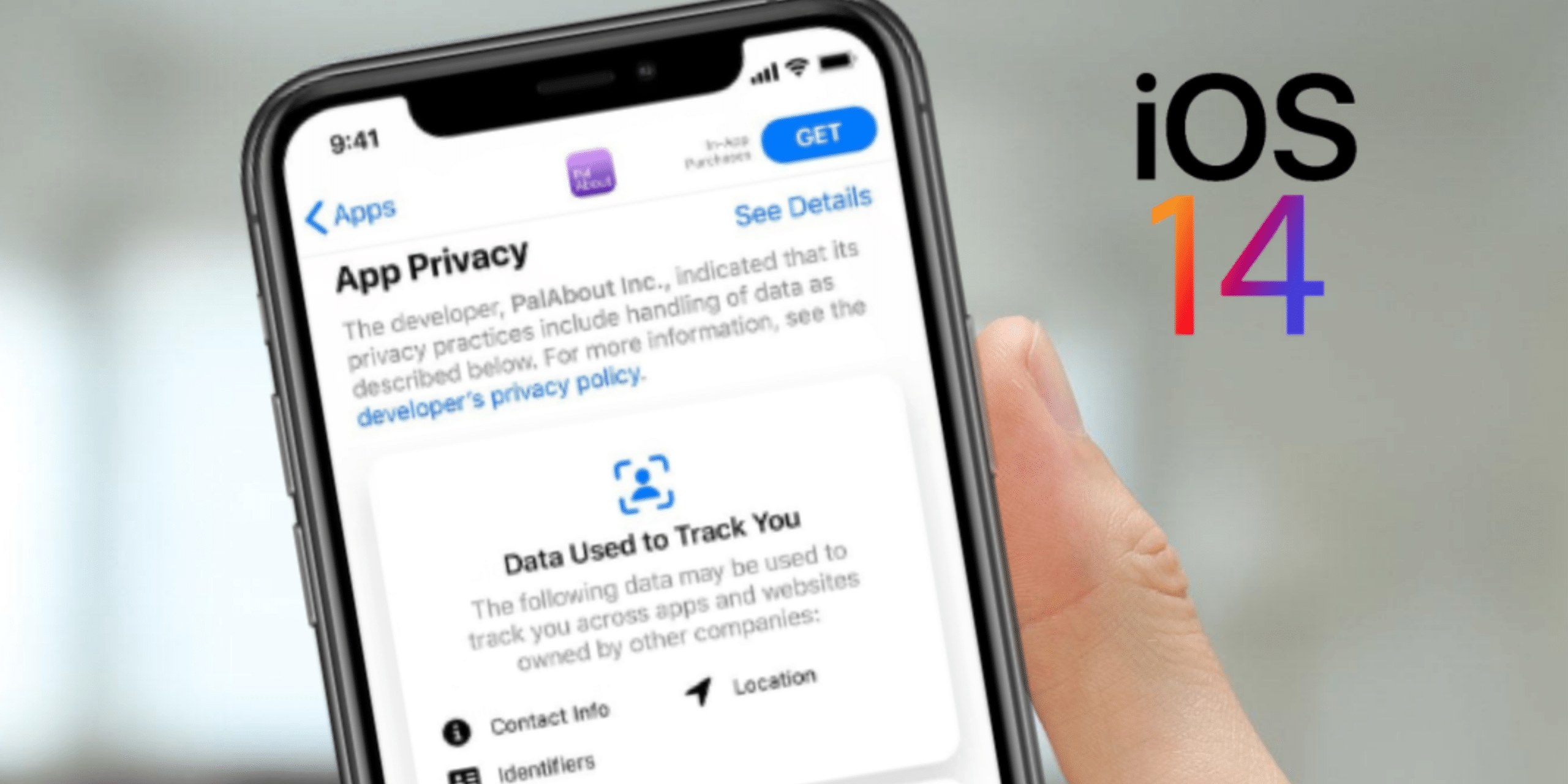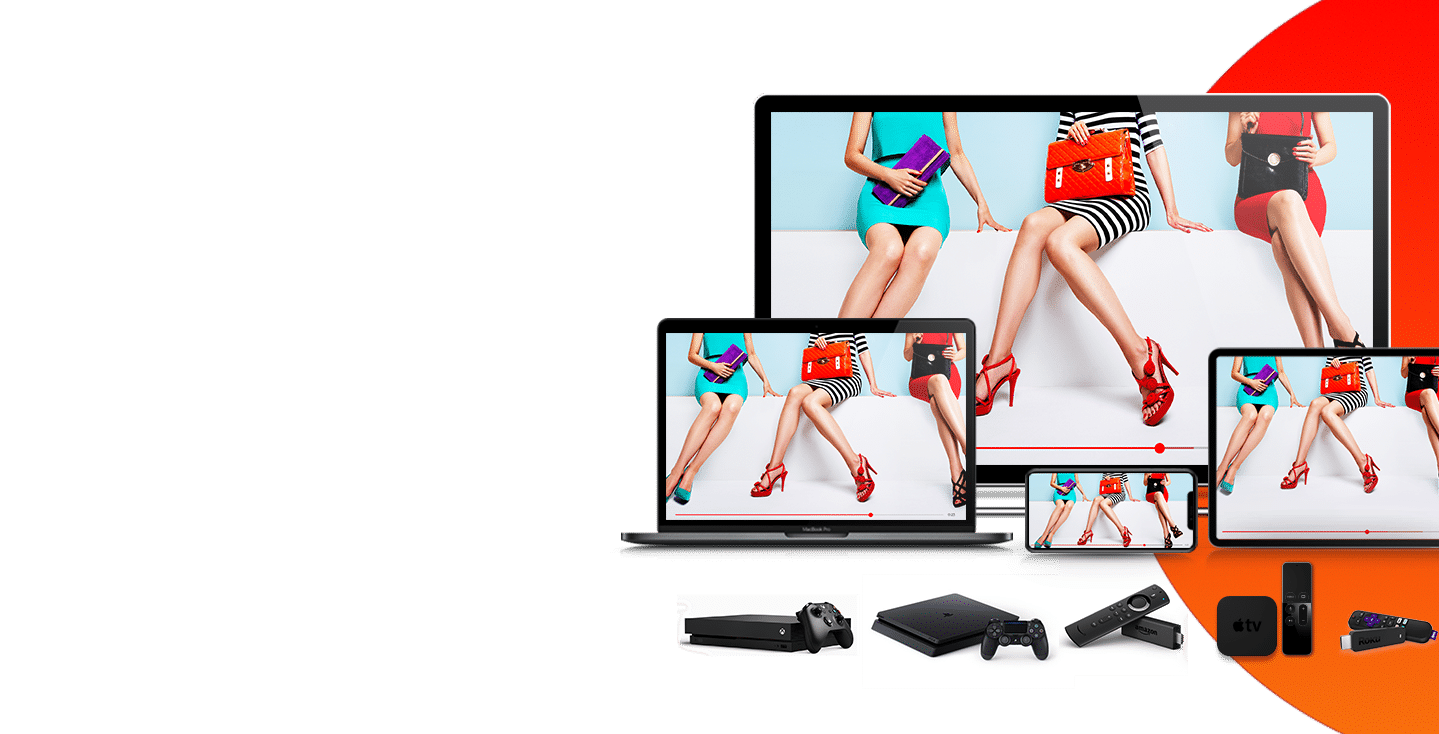Keynes receives a lot of questions regarding our Connected TV advertising campaign audience set up. This is something we pride ourselves on and believe to be the only way Connected TV advertising, or any programmatic channel for that matter, should be approached. Read on to find out how we ensure performance for our client-partners and the challenges seen in this space, as far as the industry goes.
How does Keynes Digital set up a Connected TV advertising campaign?
There are crucial ways to set up a campaign within a Demand-Side Platform (DSP). First and foremost, advertisers should be implementing direct relationships with key networks and supply-side platforms, making a direct connection to gain access to premium-level inventory. Think Hulu, Freewheel, Magnite, NBCU, etc. We also stress the importance of partnering with industry-standard cross-device companies to guarantee the ability to track a user from viewing a commercial to actions like visiting a website or making a purchase.
And lastly, we advocate for partnering with all audience providers to cherry-pick the best for that specific advertiser. There are hundreds of audience providers in the programmatic space and it’s almost certain that not just one of them will have all of the audience segments a brand needs. For example, Nielsen has a lot of data but it’s unlikely that data alone is going to drive the best performance for an advertiser. Realistically, some of that data will work, but there will be targeting options, offered by other providers, that will also be crucial to include.
As for targeting audiences on specific platforms, TV is a little more complicated. For instance, Facebook and Instagram are the publishers for the ads seen within Instagram Reels. Connected TV advertising involves various publishers or networks but provides the ability to be more selective with where and how to target. It requires many levels of optimization through machine learning and human touch. At Keynes, we let our Artificial Intelligence do most of the optimizations, and our job is to steer the ship and turn the wheel if we might be moving in the wrong direction or if we’re anticipating trends, such as an upcoming sale, where we can be more specific with our strategies.
How does Keynes Digital decide the audiences to buy on behalf of their client-partners?
Just like Facebook, Google, or any other programmatic channel, optimizing Connected TV advertising campaigns include a level of trial and error. We use the advertiser’s first-party data, tracking pixels, and CRM lists to determine the most accurate prospecting audiences for their advertising campaigns. We’re then able to find quality users by letting our AI machine automatically sieve through the data and optimize towards the top-performing segments. This is why we stress to partners to test all audience providers to receive the best performance possible.
Setting up a campaign and analyzing that data is extremely important for any advertiser to learn more about their audiences. For example, when identifying a campaign’s key geographies to focus on, many brands tell us their best markets are in areas like LA, San Francisco, and New York. This makes sense for how large they are, but they’re also the most expensive markets to buy media. Keynes will analyze partners’ market data and filter the data to determine whether their sweet spots are really in those big markets or in places like Fort Lauderdale, where it’s cheaper to buy and their performance might be just as good, if not better.
What are the biggest hold-ups for advertisers to go live with a Connected TV advertising campaign?
Two hold-ups Keynes typically sees advertisers struggling with for a Connected TV advertising campaign are 1) building creative and 2) understanding attribution. The biggest holdup for almost all brands is not having a video asset ready to go. Many brands will have a YouTube asset or a 6-second Facebook asset, but typically not a 15 or 30-second commercial. As a full-service team, we facilitate partnerships with preferred creative agencies to help our partners build high-quality TV commercials that adhere to our best practices and get their ads approved to run on networks, like Hulu.
However, creative is expensive. Even the more competitively priced assets. Testing Connected TV advertising as a new channel can be roughly $10K-$20K, but building creative can be as much as or even more than $30K-$40K. So in reality, it can cost over $50K to get up and running.
Then, there is attribution. The programmatic industry starts with a product or a channel medium. Often, the data is fed into a third-party attribution platform that helps advertisers determine what product or channel should receive more or less focus.
For a channel like Facebook, attribution is made more difficult by the lack of information that is provided to advertisers. For instance, Facebook does not provide Order IDs to their partners, making it impossible to cross-track conversions across any other media sources like what’s typically accomplished within a third-party attribution platform. The philosophy that has historically revolved around Facebook is “Trust me. Facebook works.” However, having a platform like Facebook means there is so much room for discrepancy and duplication of efforts in paid media. Platforms like this are in control of enormous amounts of spend and data, and have the power to make that data look as good or as bad as they want. Most of the time, the incentive is to make the data look as good as possible.
Connected TV advertising is turning away from this ambiguity. The beauty of programmatic isn’t “Trust me.”, it’s “Trust the data” or the third-party data to be exact. For Keynes, accredited data is the only data. Unless data is clean and trusted, the decisions made using it are not going to be strong and reliable.
In the past, programmatic advertisers have relied on certain partners like Google Analytics to evaluate “last-click” performance, which is why channels like Programmatic Audio haven’t been as well represented as they could be. With the increase in interest and focus on Connected TV advertising, there’s been a priority on creating new ways for how to best analyze non-click-based channels, and educating advertisers and marketers on how to make the most out of these high-impact channels. It’s about time we combat the old-school ways of measuring programmatic.
What are some of the challenges the Connected TV advertising space is facing right now?
The challenges the industry continues to discuss are the iOS 14.5+ update and Google going cookieless, which are currently seeing a massive impact on Social Media.
Apple especially, because of their recently implemented privacy restrictions that allow Apple device users to opt-out of tracking within apps that monitor their behavior and share that data with third-party providers. Data privacy has become extremely valuable, so they capitalized on making a stance for their users.
Google going cookieless and not having a definitive solution to a universal way of tracking a user has also been a prominent talking point within the industry. Although, its announcement to push going cookieless back two years has given The Trade Desk, one of our preferred Demand-Side Platform’s (DSP), a great length of time to continue to regularly test and combat the stigmatized approach through the Unified ID 2.0, or the IAB. Jeff Green, The Trade Desk’s CEO, has been pushing the Unified ID 2.0 initiative hard to provide advertisers and publishers a solution that can universally benefit this space, rather than as a combat to the FloC solution proposed by Google. This is an attempt to create a combined solution that would help everyone advertising on the open web.
Keynes believes these changes to be a strong point for the industry to continue to innovate and keep the open web safe. The industry also hasn’t done a good enough job at promoting and showing the general public that there is a benefit to the transaction of data. Consumers who share some of their online data are exposed to new products, brands, and companies that they may never have had the opportunity to interact with.


